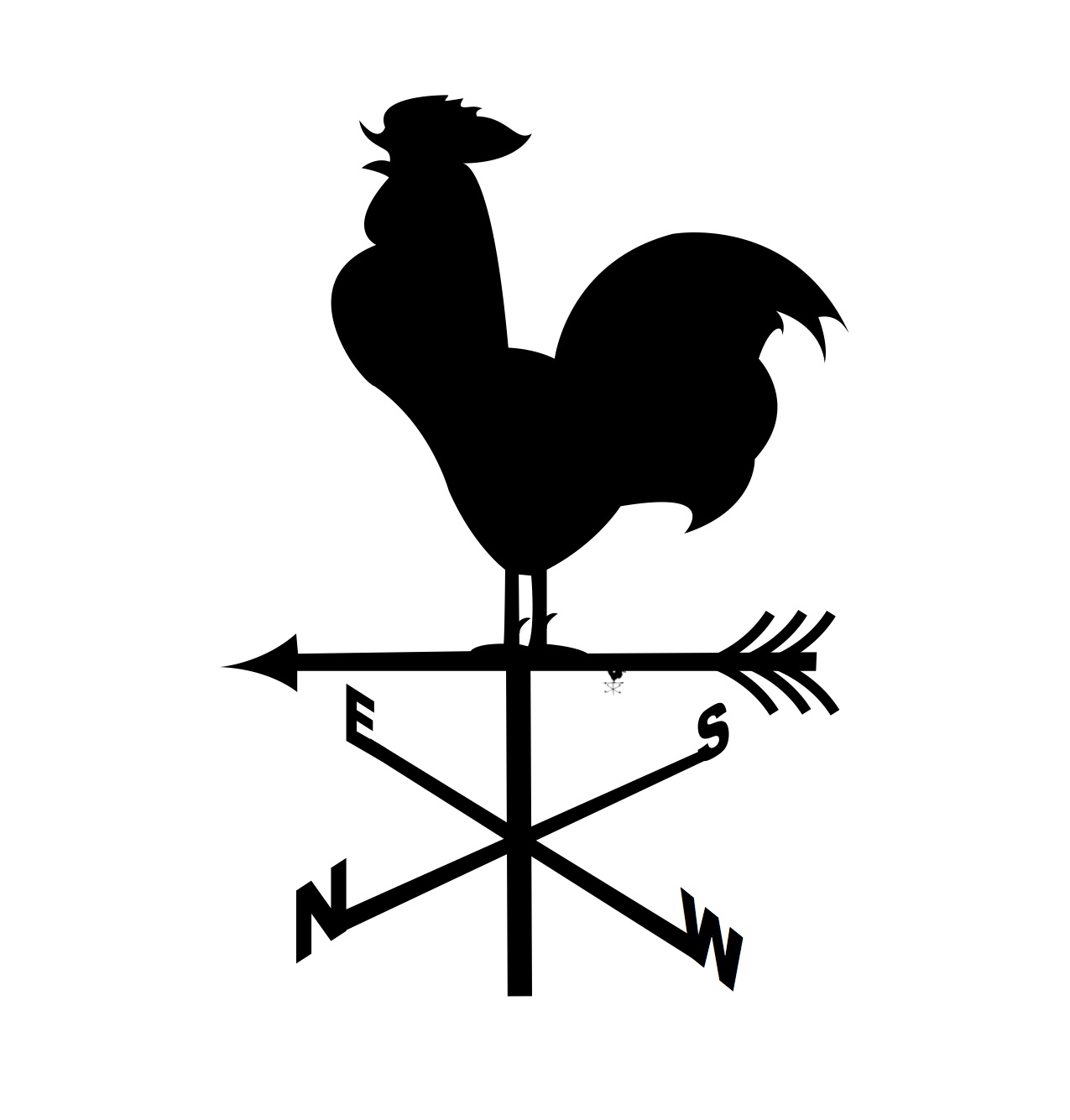What is the difference between pastured and non pastured chicken?
The terms "pastured" and "non-pastured" are related to the living conditions and diet of chickens. Here's an explanation of the difference between the two:
Pastured Chicken: Pastured chickens, also known as pasture-raised or free-range chickens, are raised in an environment where they have access to outdoor pasture. These chickens are allowed to roam freely and forage for food, including insects, seeds, and grass. They typically have ample space to move around, engage in natural behaviors, and receive sunlight. Their diet is supplemented with commercial feed, but they have the opportunity to supplement it with natural sources found in their environment.
Non-Pastured Chicken: Non-pastured chickens, on the other hand, are typically raised in indoor confinement systems. They are often kept in large buildings or cages where their movement is restricted. These chickens are not able to access the outdoors or engage in natural behaviors like scratching, pecking, or foraging. Their diet consists primarily of commercial feed that is formulated to meet their nutritional requirements.
The key differences between pastured and non-pastured chickens lie in their living conditions, diet, and lifestyle. Pastured chickens are given the opportunity to lead a more natural life, with access to open pasture, fresh air, and a varied diet. Non-pastured chickens, by contrast, are raised in confinement, without outdoor access, and rely solely on manufactured feed.
It's worth noting that the specific definitions and regulations regarding the use of these terms can vary depending on the country and certification standards. It's always a good idea to check with local farming practices or trusted certification programs to ensure the standards and practices meet your expectations.
